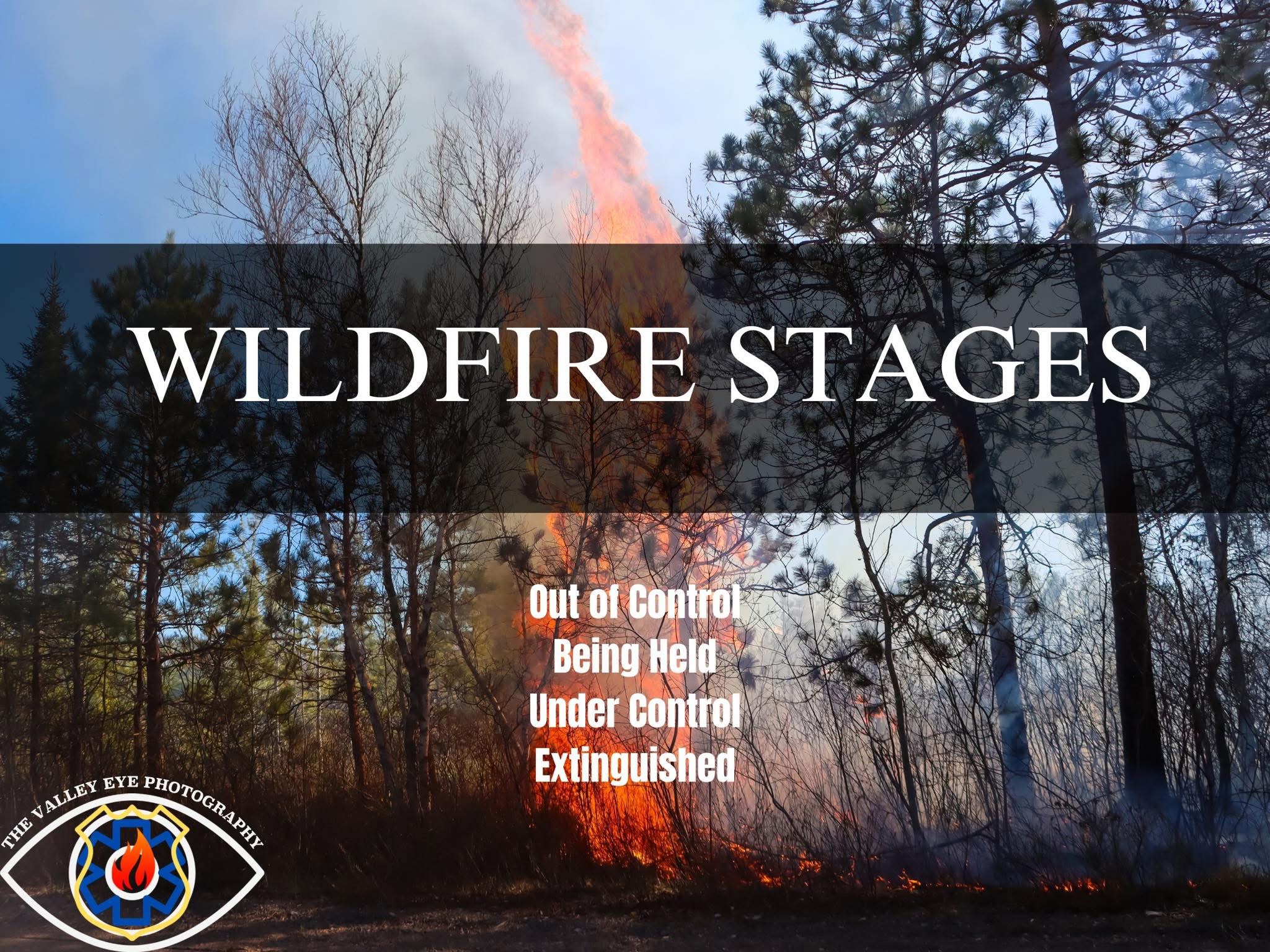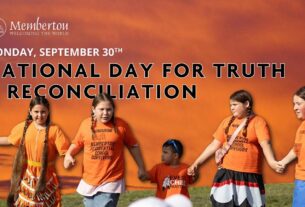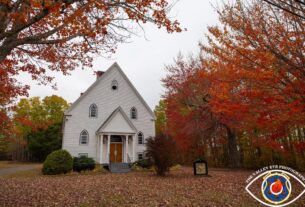There are four main classifications used when it comes to categorizing wildfires.
These different stages all mean different things with more complex terms and umbrellas they fall under, depending on the current fire conditions at that given time.
Since starting this page, I have always tried to put information out there in a way that the public can comprehend.
With the recent wildfires across Nova Scotia, terms are being thrown out there that many in the public don’t fully understand.
In Nova Scotia, Department of Natural Resources (DNR) and many other DNR outfits across Canada use four main classifications when providing updates to the public while fighting wildfires:
1. Out of Control
2. Being Held
3. Under Control
4. Extinguished
Any wildfire until suppression efforts are made, are considered “out of control.” This is because there is nothing to stop the natural spread under its existing conditions without a fire attack.
When a wildfire is first detected, they are always treated as out of control. If it continues to burn uncontrollably, is growing, or expected to grow, it will remain as “out of control.”
The next stage is “being held” or also known as containment, which means further spread has been halted. This also means that fire suppression efforts have created a perimeter or boundary around the fire. This could include hose lines, dozer guards, or natural barriers like a body of water or terrain.
Most DNR agencies don’t classify fires as being held until they are very confident that the fire is contained and will not spread outside its current burn area.
It’s imperative to remind people that the fire can still show signs of smoke and can potentially be reclassified as out of control depending on the current fire conditions at that given time.
Once a wildfire is being held, the efforts aren’t over. Firefighters continue to soak down hotspots inside the perimeter to ensure there is no risk of further spread, working to bring the wildfire to the next stage – under control.
“Under control” is when a wildfire has received sufficient suppression to ensure there is no risk that the fire will spread. During this stage, firefighters may still be working to extinguish hot spots and continues to be monitored for any fire activity.
Wildfires can remain under control or also known as “patrol and observation” for many months.
The final stage is “extinguished.” This is when a fire is declared “out” and when there is certainty that all hot spots have been extinguished and will not reignite.
I hope this information helps with clearing up some of the terms, and provides some overall understanding of the different classifications of wildfires!
Adrian J.




